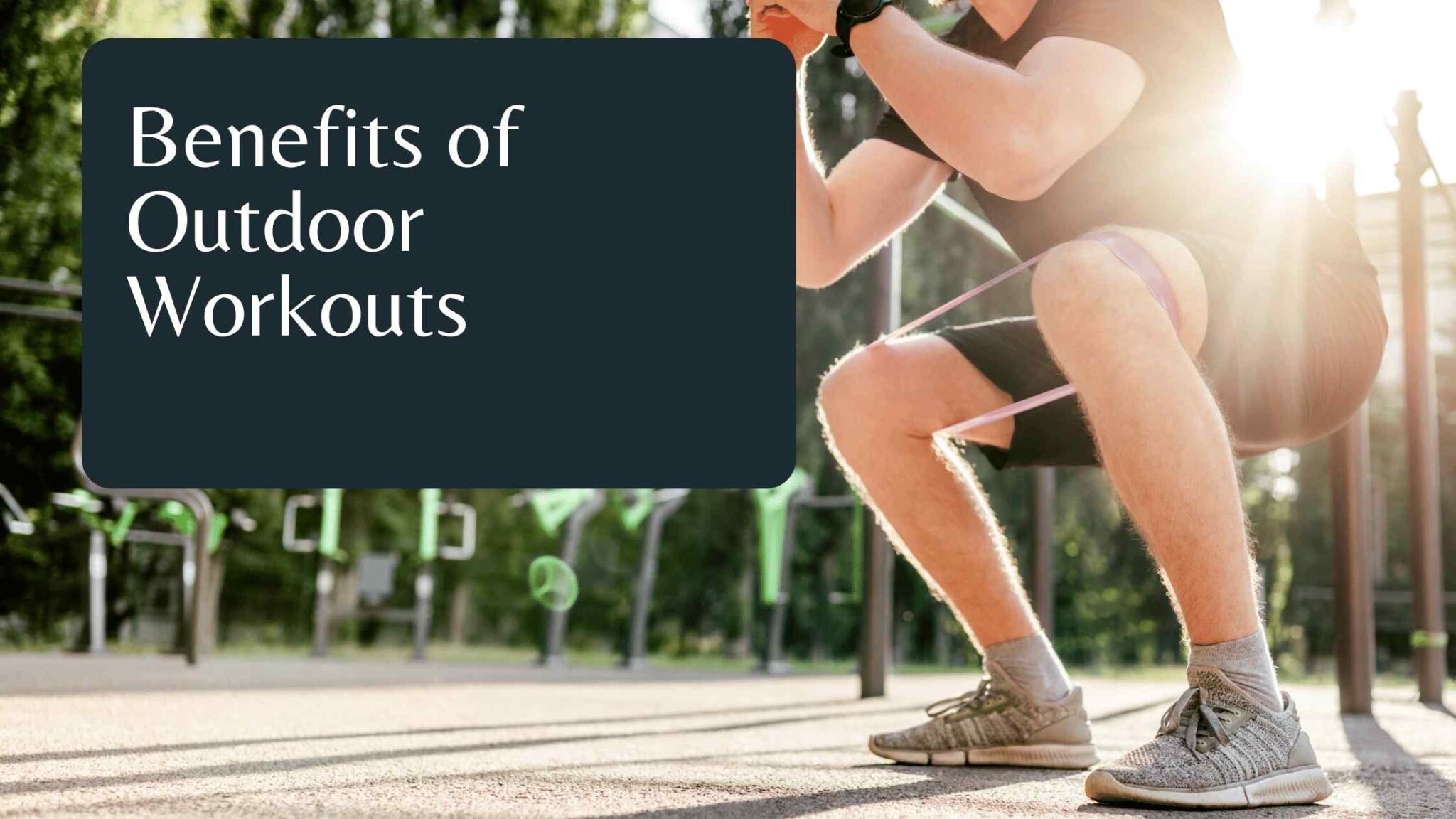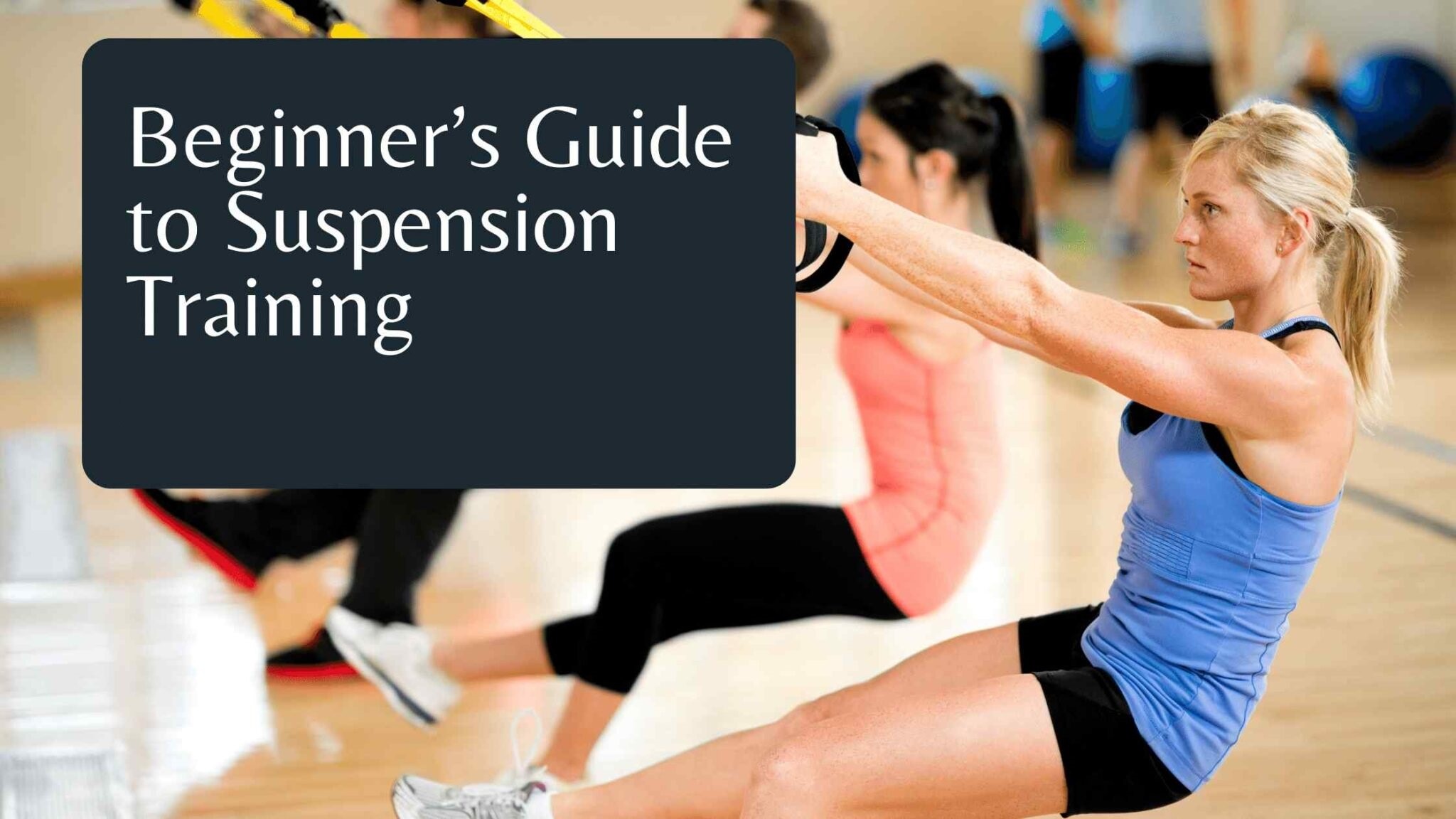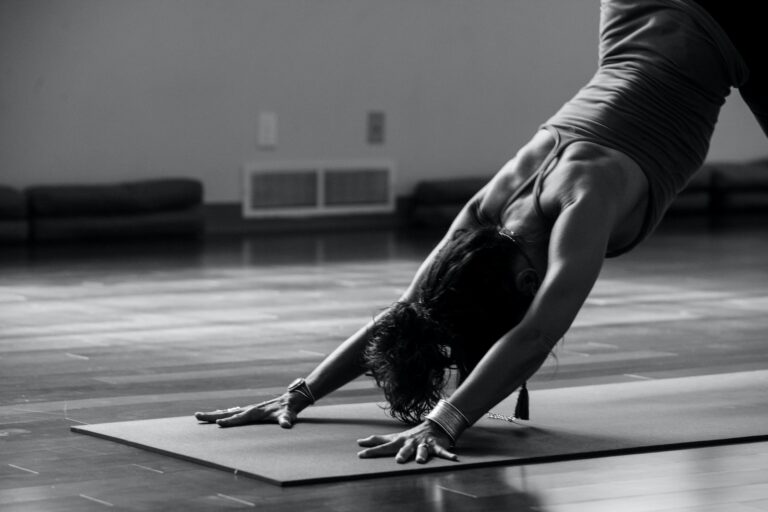The Benefits of Outdoor Workouts: Exercises and Tips for Every Fitness Level
Are you tired of staring at the same four walls during your workouts? Why not take it outside and enjoy all the benefits of exercising in nature! Outdoor workouts offer a refreshing change of scenery, fresh air, and endless opportunities to challenge your muscles while enjoying beautiful surroundings. Plus, you can customize them to fit every fitness level, from beginner to advanced.
In this blog post, we’ll explore the many perks of outdoor workouts and provide plenty of exercises and tips for you to get started. So whether you’re looking for a new way to incorporate exercise into your routine or just need some motivation to step outside, keep reading!
Introduction to Benefits of Outdoor Exercise

We all know that exercise is good for us. It helps to improve our overall health and fitness, and can even help to prevent some chronic diseases. But what are the benefits of outdoor exercise?
For one, working out in nature can help to boost your mood and mental well-being. Studies have shown that time spent in green space has been linked with reductions in stress, anxiety, and depression. Outdoor exercise can also help to improve your sleep quality.
In addition to the mental health benefits, there are also several physical benefits of outdoor exercise. For example, exposure to sunlight increases our levels of vitamin D, which is important for bone health. And because we tend to move more freely outdoors, we can actually burn more calories during an outdoor workout than we would indoors.
So whatever your fitness level may be, there are plenty of reasons to head outdoors for your next workout!
Types of Exercises and Routines
There are a variety of outdoor workouts that can benefit every fitness level. Low-impact exercises such as walking and biking are great for beginners or those who are looking for a less intense workout. For those who are looking for a more challenging workout, HIIT (high intensity interval training) workouts or more strenuous cardio activities such as running can be beneficial. No matter what your fitness level is, there are plenty of outdoor exercises to choose from!
- Jogging: A timeless form of exercise, jogging is great for cardiovascular health and muscle toning. It’s a great way to get outside and explore your surroundings while staying healthy.
- HIIT (High Intensity Interval Training): HIIT workouts are designed to help you maximize your workout in a short amount of time, helping you burn the most amount of calories possible in a single session!
- Bodyweight Exercises: Bodyweight exercises such as push-ups and planks are great for building strength and can be performed in open spaces or even inside your home if needed.
- Yoga: Yoga combines stretching with breathing and relaxation techniques for a stress-relieving, whole-body workout. It’s perfect for when you need a break from more intense workouts!
- Cycling: Bike rides are not only tons of fun but also great for burning calories and increasing heart rate! You can also switch it up by bringing your mountain bike along on an outdoor adventure or hitting the road with a road bike.
- Swimming: Swimming is low-impact, making it an ideal form of exercise for those looking to ease their way into fitness or who have joint issues. Plus, it’s a great way to cool off on hot summer days.
- Boot Camp: Boot camp-style classes are more intense than other workouts, but they offer plenty of variety and challenges that can help you push your limits and reach your fitness goals!
Tips for Preparing to Workout Outdoors
There are a few things to keep in mind when preparing to workout outdoors. First, be sure to dress appropriately for the weather. If it’s cold outside, layers are key to keeping warm while you exercise. But even on warm days, it’s important to wear sunscreen and drink plenty of water.
Second, take into account your surroundings when choosing an outdoor workout spot. If you’re new to exercising outdoors, it’s best to start with a flat, open area with few obstacles. Once you get more comfortable, you can explore more challenging terrain like hilly trails.
Finally, be aware of your fitness level and choose exercises that are appropriate for you. If you’re just starting out, begin with lower-intensity activities like walking or biking. As you build up your strength and endurance, you can add in higher-impact activities like running or hiking.
Key Physical Advantages of Outdoor Training
There are a plethora of key physical advantages to outdoor training when compared to working out indoors. For one, being outdoors in nature has been shown to decrease levels of cortisol, the body’s main stress hormone. Additionally, spending time in nature has also been linked with lower rates of anxiety and depression. Furthermore, exposure to sunlight helps the body produce vitamin D, which is important for bone health and immunity.
In terms of the actual workout itself, studies have consistently shown that exercising outdoors leads to greater levels of perceived exertion and enjoyment than indoor workouts. This is likely due to a combination of factors such as increased scenery variety, improved air quality, and increased opportunities for socialization. All of these factors make outdoor workouts more effective and enjoyable, leading to better adherence in the long-term.
Nutritional Factors to Consider When Exercising Outside
There are a few things to consider when exercising outside, especially if you’re not used to working out in the heat. Make sure to drink plenty of fluids and dress appropriately for the weather. It’s also important to listen to your body and take breaks as needed.
One of the main benefits of exercising outdoors is that it can help you stay cool in hot weather. For example, if you live in an area with a lot of sunshine, you can use the shade from trees or buildings to help keep your body temperature down while you work out.
Another factor to consider is wind chill. If it’s windy, you may want to wear layers that can help protect you from the cold. And if it’s humid, be sure to drink plenty of fluids to avoid dehydration.
Finally, remember that pavement or asphalt can get very hot during summer months, so be sure to wear shoes that provide good grip and cushioning.
Safety Tips for Outdoor Workouts
When working out outdoors, it is important to be aware of your surroundings and take precautions to ensure your safety. Here are some tips to keep in mind:
- Wear reflective gear if working out near traffic.
- Be aware of your surroundings at all times, including weather conditions and terrain.
- Wear appropriate shoes for the activity and terrain.
- Bring a cellphone or other communication device in case of emergency.
Examples of the Best Outdoor Workouts for All Fitness Levels
Outdoor workouts are great for people of all fitness levels. They provide a change of scenery, fresh air, and can be done either alone or with friends. And, there’s no need for fancy equipment or a gym membership – all you need is your body and some motivation.
Here are some examples of the best outdoor workouts for all fitness levels:
- Walking
Walking is a great way to get your heart rate up and is suitable for all fitness levels. If you’re new to exercise, start with a gentle stroll around the block. As you get fitter, you can increase the pace and distance. For a real challenge, try walking up hills or stairs.
- Running
Running is another excellent cardiovascular workout that can be done outdoors. Start slowly and build up your stamina by running for shorter periods of time. Once you’ve established a running routine, you can increase the distance and speed to really get your heart pumping.
- Cycling
Cycling is a great workout for both your legs and your cardiovascular system. If you don’t own a bike, you can usually rent them from parks or recreation centers. Start off with an easy cycle around the neighborhood before moving on to hilly terrain or longer distances.
Conclusion
From short walks to more vigorous exercises, outdoor workouts are becoming a popular way to improve physical and mental health. Not only can working out outdoors help boost your mood, but you also get the added benefit of soaking in some vitamin D from being outside. Furthermore, no matter your fitness level or age, there is an exercise that can be both enjoyable and beneficial for anyone brave enough to take on the great outdoors. So make sure you’re taking advantage of all that nature has to offer by incorporating some of these exercises into your daily routine!







5 Comments